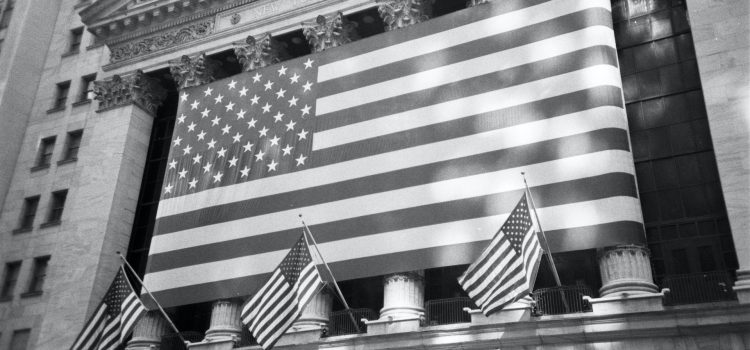

This article is an excerpt from the Shortform book guide to "Flash Boys" by Michael Lewis. Shortform has the world's best summaries and analyses of books you should be reading.
Like this article? Sign up for a free trial here .
Who is Navinder Singh Sarao? Did he really cause the 2010 Wall Street flash crash?
Navinder Singh Sarao is a self-taught financial trader who was accused of triggering a major 2010 flash crash. The event saw U.S. markets briefly plummet in value, but Michael Lewis, the author of Flash Boys, doesn’t think Sarao is largely to blame for the event.
Read more for Lewis’s take on why the flash crash happened and why U.S. courts believed it was because of Navinder Singh Sarao.
Was It HFT or Navinder Singh Sarao?
Lewis concludes that high-frequency trading (HFT) is the culprit behind the flash crash of 2010. High-frequency trading tactics capitalized on the precedents set by electronic trading. Lewis explains that anyone involved in the stock market—brokers, investors, hedge fund managers, and so on—felt the effects of HFT, which were exacerbated by two factors: Wall Street’s greed and the “flash crash.”
Wall Street’s Greed
Lewis argues that the Wall Street firms and banks, whose proper role is to help investors, adopted HFT techniques despite knowing that HFT made trading unfair for average investors. They did this because they were making so much money. One firm made over a billion dollars in one year from its HFT department alone.
(Shortform note: Lewis is no stranger to exposing Wall Street’s greed: In The Big Short, he argues that greed and short-sightedness were the prime drivers of the financial crisis. All major stakeholders in the ecosystem were fueled by the desire for profit, which made it easy to overlook systemic problems.)
The 2010 Flash Crash
After years of unregulated high-frequency trading, Wall Street experienced a “flash crash” in 2010. Lewis defines a flash crash as a stock market crash that happens quickly—stock prices drop dramatically before recovering within a few minutes. But during the 2010 flash crash, 20,000 stocks traded at dramatically different stock values.
According to Lewis, no one could pinpoint a reason behind the flash crash until Navinder Singh Sarao was the main suspect, who managed to cause one of the biggest scares in financial history just from a bedroom in his parent’s house in West London. Brad Katsuyama, a Canadian trader who investigated HFT, couldn’t access the data that could prove HFT caused the crash, since this information wasn’t public—it belonged to the HFT firms and exchanges—but he knew that the flash crash was a result of HFT.
The flash crash marked a turning point in the investing world. Investors were interested in what was going on in the market—and why it had dropped by 600 points so suddenly. People who believed Navinder Singh Sarao wasn’t the only reason behind the crash called Katsuyama and his team to set up informational meetings where he educated investors and executives about HFT.
Who Is Responsible for the Flash Crash?
While Lewis blames the trillion-dollar flash crash on high-frequency traders, the US courts found that Navinder Singh Sarao was another reason behind it. He was convicted of “spoofing”—creating a huge number of fake buy or sell orders. High-frequency trading firms program their algorithms to get out of the market when it gets too volatile, and when Sarao’s spoofing operation created artificial volatility, all the algorithms pulled out at once, resulting in a crash. He capitalized on the changing prices, earning about $900,000 from the market manipulation.
While the Commodity Futures Trading Commission (CFTC) found Navinder Singh Sarao responsible for the flash crash, some experts contend that blaming Sarao doesn’t get to the heart of the issue—that both human and algorithmic traders can still manipulate markets despite existing regulations.

———End of Preview———
Like what you just read? Read the rest of the world's best book summary and analysis of Michael Lewis's "Flash Boys" at Shortform .
Here's what you'll find in our full Flash Boys summary :
- Why high-frequency trading (HFT) is a threat to your investments
- A look at Wall Street’s greedy response to HFT
- How Canadian trader Brad Katsuyama tried to fight the problem






